Natural Beauty
- Mumbai Fixers
- Natural Beauty
Discover
Natural Beauty
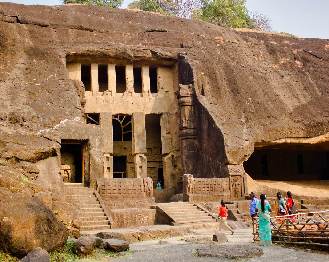
Sanjay Gandhi National Park
Once a trade route between ports, the Sanjay Gandhi National Park's history stretches back to the 4th century BC. Buddhist monks carved the Kanheri Caves, a network of over 100 caves, between the 1st century BCE and 9th century CE. The forests were designated a state property under the Maratha Empire in the 18th century. Fast forward to 1945, the area gained official protection as Krishnagiri National Park. In 1969, it expanded and was renamed Borivali National Park. Finally, in 1981, it was rechristened Sanjay Gandhi National Park in memory of Indira Gandhi's son. Today, it's a haven for nature lovers, offering hiking trails, waterfalls, and a chance to spot leopards and over 250 species of birds.
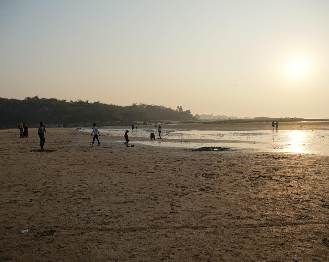
Aksa Beach
Aksa Beach, tucked away in the Malad suburb, offers a serene escape from Mumbai's crowds. Historically, it served as a fishing village dating back centuries, and its shores were a key spot for Portuguese watchtowers guarding the coast. Today, Aksa Beach is known for its unique black sand beach, perfect for quiet walks or watching the sunset, a stark contrast to the usual golden sands of Mumbai.
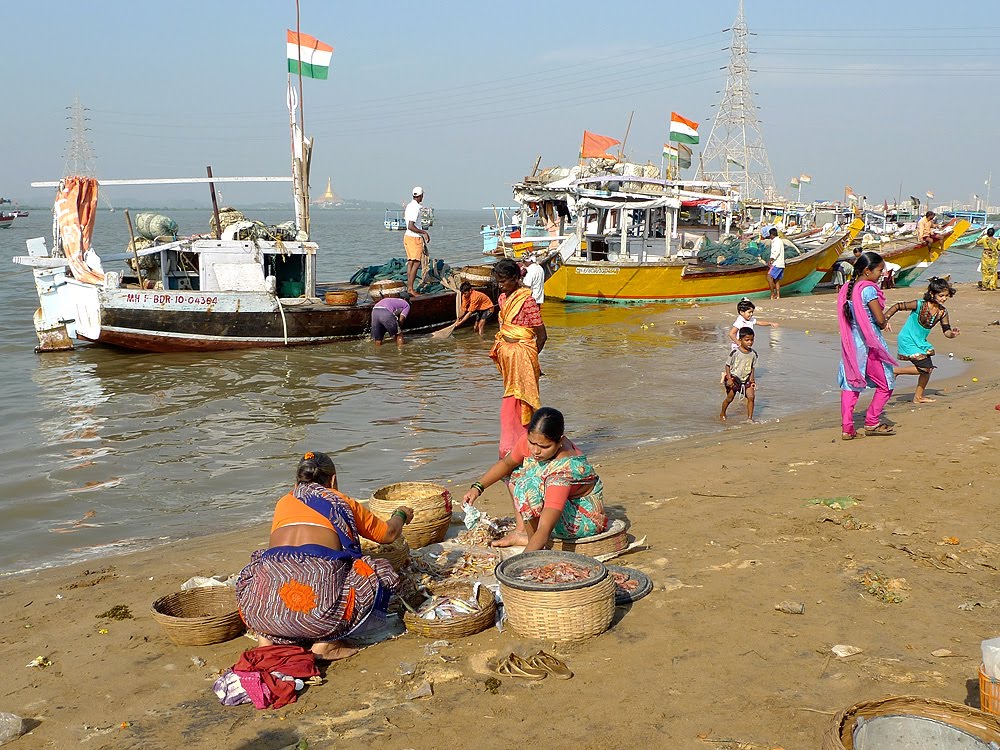
Marve Beach
Further north of Aksa Beach lies Marve Beach, a haven for artists and offbeat travelers with its laid-back vibe. Once a fishermen's harbor, remnants of its past linger in the form of 17th-century Portuguese structures standing as silent sentinels on the coast. Marve Beach offers water sports enthusiasts a chance to catch some waves, while horseback riding along the shore adds to the bohemian charm. This beach offers a glimpse into a more rustic Mumbai, a welcome change from the bustling city center.
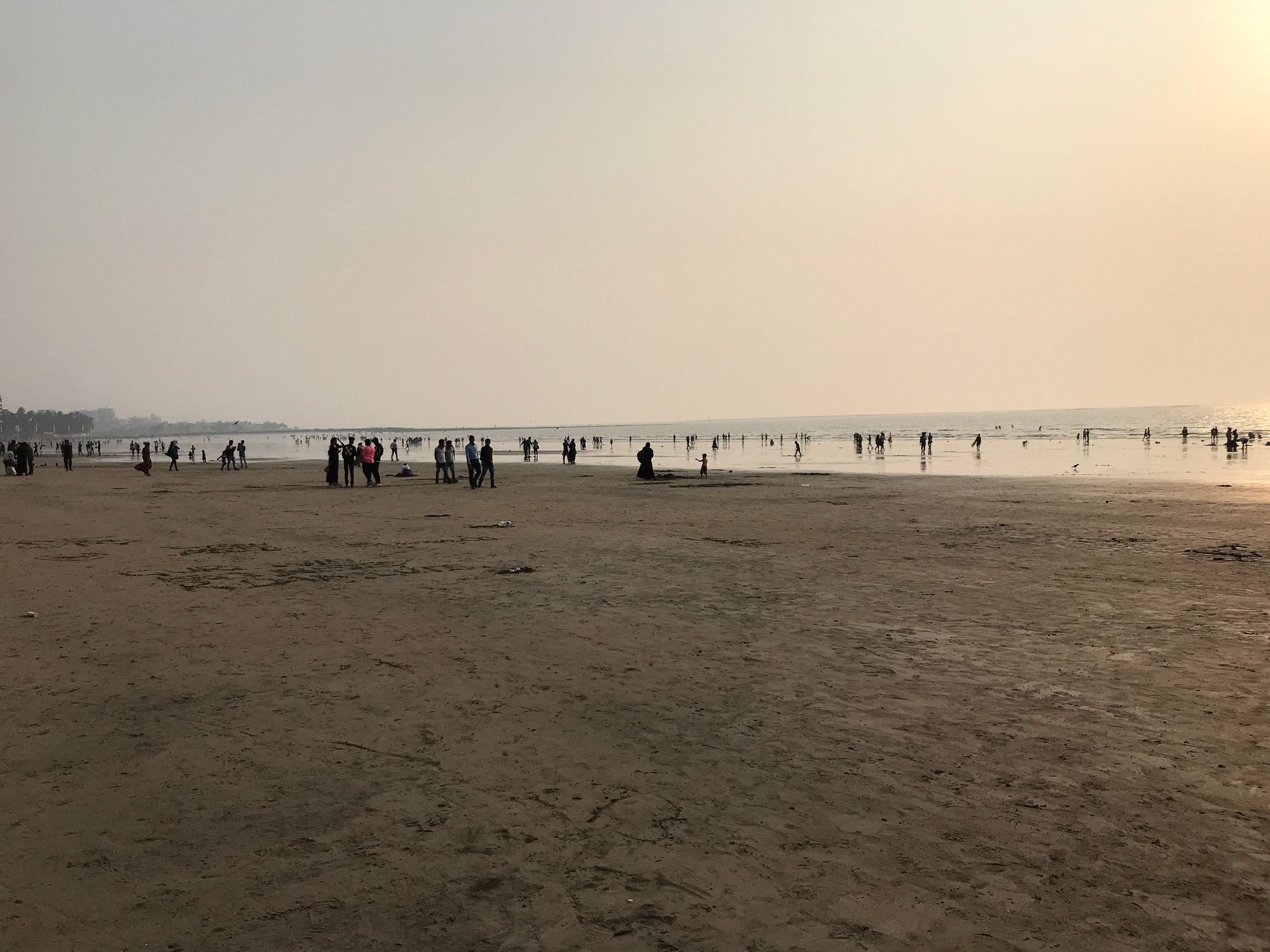
Juhu Beach
Juhu Beach, the crown jewel of Mumbai's beaches, has been a popular spot since the 1920s. This 6-kilometer stretch of golden sand has witnessed the rise of Bollywood, with several beachfront homes owned by celebrities. Juhu Beach throbs with activity – street vendors selling everything from snacks to souvenirs, children enjoying horse rides, and impromptu cricket matches creating a lively atmosphere. But its legacy stretches back further, serving as a leisure spot for generations of Mumbaikars.

Mahim Nature Park
The Mahim Nature Park, a haven amidst the urban sprawl, is a testament to community spirit. What was once a dumping ground in the 1990s was transformed into a thriving ecosystem thanks to dedicated local efforts. Today, the park boasts over 400 plant species, a haven for birdwatchers with over 180 documented bird species, and a hidden mangrove trail offering a unique escape within the city limits.
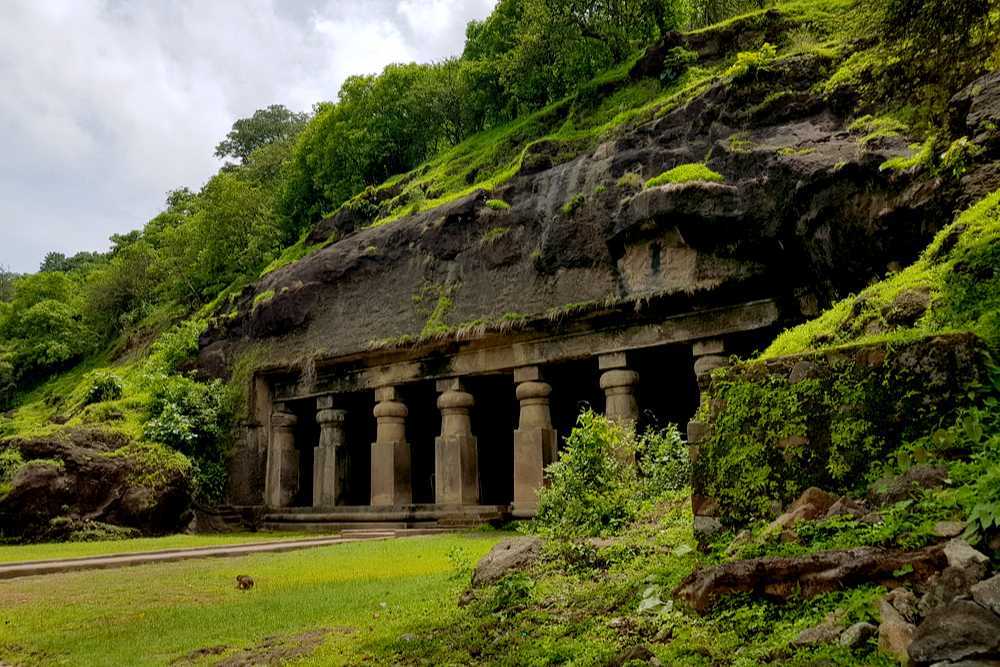
Elephanta (Gharapuri) Caves
The Elephanta or Gharapuri Caves, carved out of basalt rock between the 6th and 7th centuries AD, are a UNESCO World Heritage Site and a must-visit for history and art enthusiasts. Dedicated to Lord Shiva, the caves showcase intricate rock-cut sculptures and frescoes depicting Hindu mythology, particularly the story of Shiva and Parvati. Reached by ferry from Mumbai, the Elephanta Caves offer a spiritual and artistic pilgrimage, transporting visitors back in time.

Gorai-Uttan
Gorai-Uttan, a coastal destination north of Mumbai, offers a tranquil escape for nature lovers and history buffs alike. Accessible by road bridges, Gorai boasts historical sites like Fort Arnala, a 17th-century Portuguese fort offering panoramic views, and beaches perfect for relaxation. Uttan, known for its temples dedicated to various Hindu deities and its natural beauty, provides a chance to unwind amidst scenic rice paddies and explore the fascinating ecosystem of the surrounding mangroves. Together, Gorai and Uttan create a charming coastal escape just a short journey from the heart of Mumbai.

Mangroves of Mumbai
Mumbai's mangroves, a vital ecological defense system against floods and cyclones, form a green belt along the city's eastern coastline. These intertidal wetlands teem with diverse flora and fauna, including crabs, mudskippers, and over 200 bird species. From the majestic flamingos to the elusive saltwater crocodiles, the mangroves provide critical habitat for a variety of wildlife. Conservation efforts aim to protect these vital ecosystems, ensuring a healthy balance for Mumbai's future and a reminder of the importance of protecting nature within a bustling metropolis.

